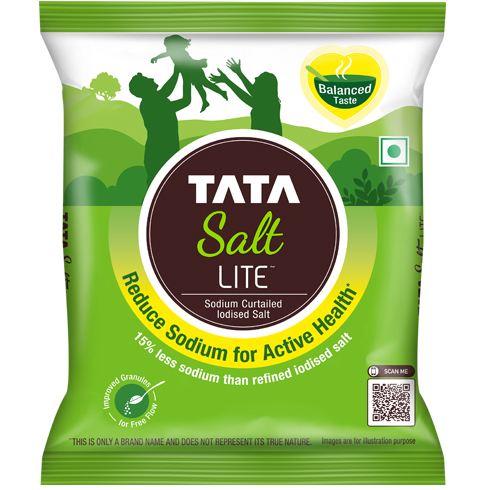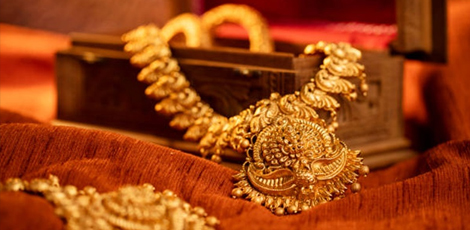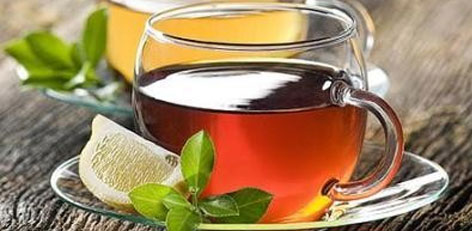
5 Simple Ways to Test the Purity of Ghee at Home!

Ghee is a staple in many Indian kitchens, known for enhancing the taste and aroma of food. However, adulterated ghee has become common, which can be harmful to your health. It’s important to check the purity of ghee before using it. Here are five easy methods to test ghee purity at home:
1. Palm Test
Place a teaspoon of ghee on your palm and wait a few minutes. If it melts quickly from the warmth of your body, the ghee is pure. Pure ghee melts easily at body temperature, while adulterated ghee may stay solid longer.
2. Vegetable Oil Test
To check for vegetable oil adulteration, take a small amount of ghee in a clear bottle, add some sugar, and shake it well. If the bottom turns red, the ghee has been mixed with vegetable oil.
3. Heat Test
Heat a spoonful of ghee in a pan. Pure ghee will melt quickly and turn brown. Adulterated ghee will take longer to melt and may turn yellow instead of brown.
4. Starch Test
To detect starch in ghee, melt a small amount and add a few drops of iodine. If the color changes to purple, the ghee has been mixed with starch.
5. Rancid Ghee Test (HCI Test)
To test for vanaspati or rancid ghee, heat a teaspoon of ghee and add a teaspoon of hydrochloric acid (HCI). Add a pinch of sugar and shake the mixture. If it turns pink or red, the ghee has been adulterated with rancid fats.







